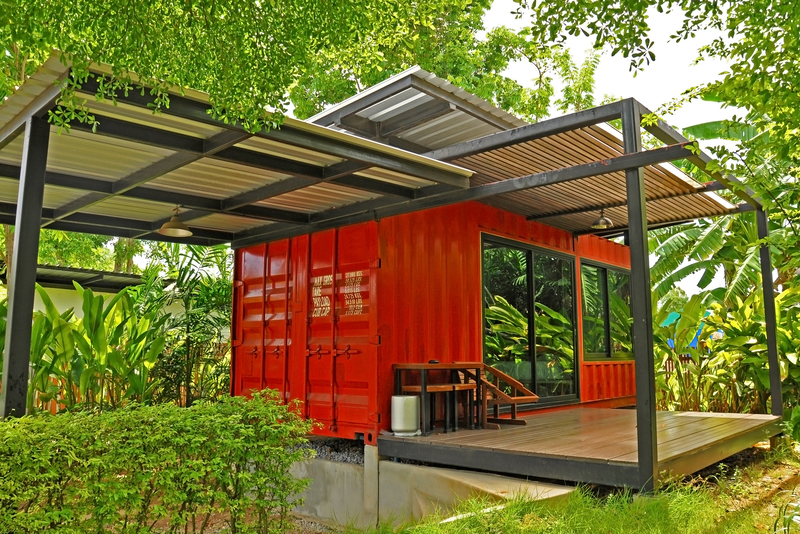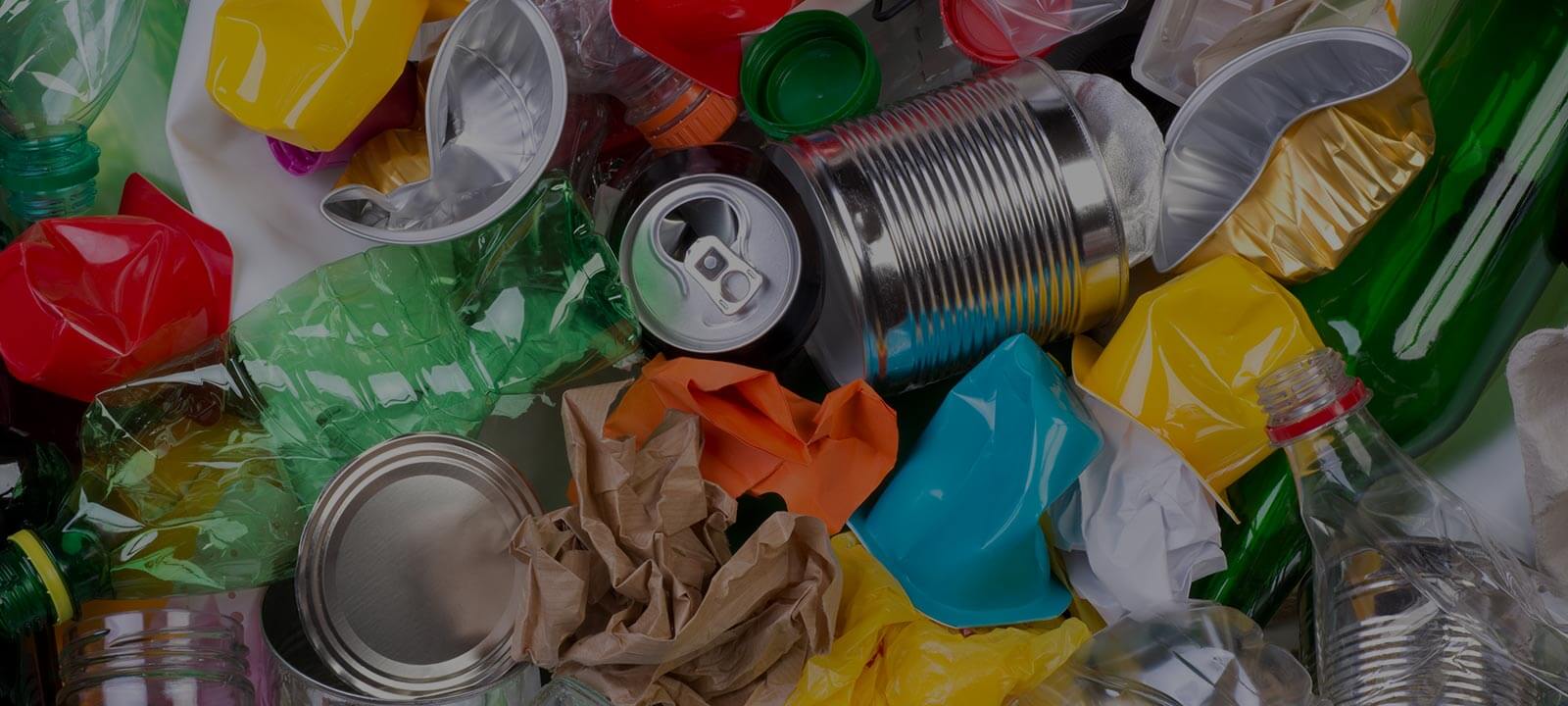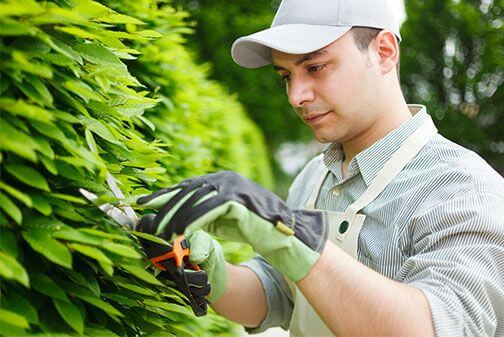Eco-Friendly Tips for Green Waste Disposal
Posted on 26/08/2025
Eco-Friendly Tips for Green Waste Disposal
As the global population continues to rise, the management of waste has become increasingly crucial. One of the most challenging types of waste to manage is green waste, which includes garden clippings, branches, and organic kitchen waste. Effective green waste disposal not only helps to keep our environment clean but also enhances soil fertility and reduces landfill contributions. In this article, we will discuss various eco-friendly tips for green waste disposal that you can adopt to minimize your carbon footprint.
Understanding Green Waste
Green waste, often referred to as organic or yard waste, consists of biodegradable materials. Common components include grass clippings, tree trimmings, twigs, leaves, and food scraps. Unlike inorganic waste, green waste decomposes naturally, making it ideal for various eco-friendly disposal techniques.

Composting
Composting is one of the best ways to recycle green waste. By converting organic materials into compost, you create nutrient-rich soil that can improve the quality of your garden.
Steps to Composting:
- Select a Compost Bin: Purchase a commercial compost bin or build your own using materials like wood or plastic.
- Choose a Location: Place the bin in a shady, well-drained spot close to a water source.
- Layering: Start with a layer of coarse materials like twigs or straw. Add green waste and alternate with brown waste like leaves or paper to maintain balance.
- Add Water: Keep the compost moist but not waterlogged.
- Aerate: Turn the compost pile regularly to promote aeration.
- Patience: Wait for the compost to transform into dark, crumbly soil before using it in your garden.
Vermicomposting
Another excellent method of green waste disposal is vermicomposting, which involves using worms to break down organic material.
Steps to Vermicomposting:
- Choose a Bin: Select a shallow container with small holes for aeration.
- Add Bedding: Use moistened materials like shredded newspaper, cardboard, or leaves.
- Introduce Worms: Red wigglers are the most efficient. Add them to the bin.
- Add Green Waste: Include kitchen scraps, avoiding meat, dairy, and oily foods.
- Maintain: Regularly check moisture levels and add more green waste as needed.
- Harvest Compost: After a few months, harvest the compost by separating the worms from the organic matter.
Mulching
Mulching is a straightforward yet effective way to manage green waste. It involves spreading organic materials over the soil surface to conserve moisture, suppress weeds, and improve soil health.
Steps to Mulching:
- Collect Green Waste: Gather grass clippings, leaves, and small branches.
- Shred Waste: Use a chipper or lawnmower to break down large pieces.
- Spread Mulch: Evenly distribute the mulch around trees, shrubs, and flower beds, avoiding direct contact with plant stems.
- Monitor: Regularly check the mulch layer and replenish as needed.
- Water: Water the mulch to aid in decomposition and soil absorption.
Green Waste Collection Services
For those who may find composting and mulching challenging or lack the space to do so, many municipalities offer green waste collection services. These services ensure that green waste is recycled or composted in a centralized location.
Steps to Utilize Green Waste Collection Services:
- Check Local Regulations: Contact your local waste management authority to see if green waste collection is available in your area.
- Separate Green Waste: Use designated bins for green waste and avoid mixing with other types of trash.
- Schedule Pickup: Follow the pickup schedule provided by your local authority and place bins out on the designated days.
- Follow Guidelines: Comply with local guidelines on the types of green waste accepted and any preparation requirements.
- Support Initiatives: Encourage your community to participate in green waste collection programs to maximize impact.
Green Waste Drop-Off Centers
If green waste collection services are not available in your area, you can take your organic waste to designated drop-off centers. Many municipalities have composting facilities or recycling centers that accept green waste.
Steps to Using Green Waste Drop-Off Centers:
- Locate Centers: Use local directories or online resources to find nearby drop-off centers.
- Prepare Green Waste: Sort and prepare your green waste according to the center's guidelines.
- Transport Waste: Safely transport your green waste to the drop-off center during operating hours.
- Follow Instructions: Adhere to the center's rules for waste disposal to promote efficient recycling.
- Repeat Regularly: Make it a habit to regularly drop off green waste to maintain an eco-friendly lifestyle.
Innovative Technologies for Green Waste Disposal
Technological advancements have introduced innovative methods for green waste disposal, such as anaerobic digestion and biochar production. These methods can convert organic waste into renewable energy and soil amendments.
Anaerobic Digestion:
Anaerobic digestion breaks down green waste in the absence of oxygen, producing biogas and nutrient-rich digestate. Biogas can be used as a renewable energy source, while digestate can be used as fertilizer.
Biochar Production:
Biochar is a form of charcoal produced by heating organic waste in a controlled environment. It sequesters carbon and improves soil fertility.

Community Involvement
Involving your community in green waste disposal initiatives can amplify the positive impact on the environment. Community gardens, composting workshops, and neighborhood cleanup events are excellent ways to encourage collective action.
Steps for Community Involvement:
- Organize Events: Plan community events focused on green waste disposal education and activities.
- Promote Participation: Use social media and local bulletin boards to promote these events.
- Provide Resources: Distribute compost bins and mulching materials to encourage individual efforts.
- Collaborate with Authorities: Work with local waste management authorities to support community initiatives.
- Track Progress: Monitor and share the community's progress to inspire continued participation.
Conclusion
Green waste disposal is a vital aspect of sustainable living. By adopting eco-friendly methods like composting, vermicomposting, mulching, utilizing green waste collection services, and using drop-off centers, you can significantly reduce your environmental impact. Additionally, embracing innovative technologies and involving your community in green waste initiatives can further promote environmental health. Implement these tips to contribute to a greener, more sustainable future for all.
---






